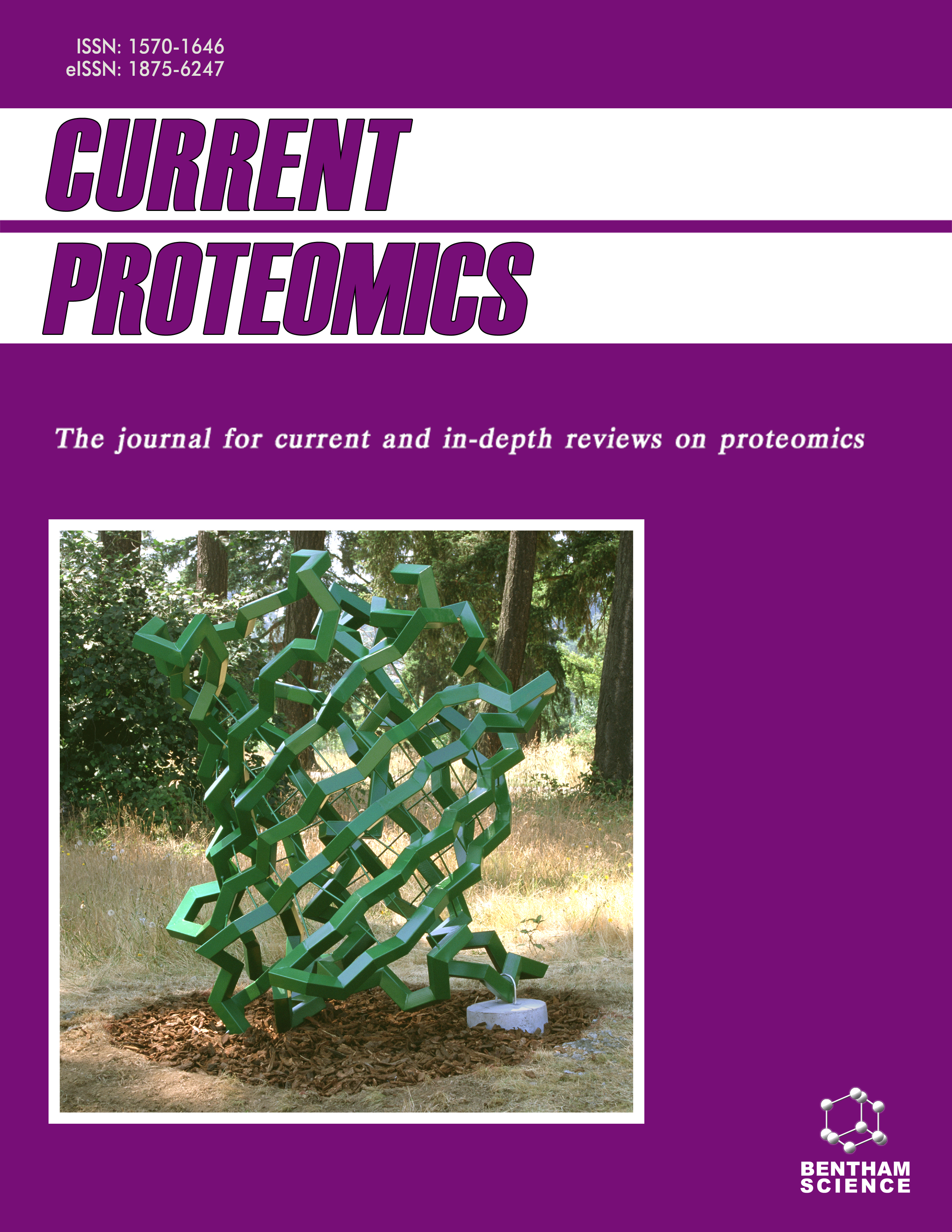
Full text loading...
We use cookies to track usage and preferences.I Understand
Insulin is a key hormone in our systems. Upon binding of insulin to its receptors in fat and muscle tissues, tens of proteins in the insulin signaling pathway are involved in the process of GLUT4 vesicle recruitment to the Plasma Membrane (PM) and the absorption of serum glucose. Deficits in the aforementioned pathway lead to insulin resistance and eventually to Type II Diabetes Mellitus.
We appreciate the contribution of phytochemicals in the treatment of diabetes. Yet, in vitro and in silico studies are needed to validate the safety and efficacy of the phytochemicals, plus their action mechanisms.
Herein, we tested two phytochemicals, caffeic acid and ferulic acid in vitro and in silico. We shed light on the insulin signaling proteins as plausible therapeutic targets using in silico studies, via AutoDock and SwissADME.
Results obtained in vitro indicate that Caffeic Acid (CA) increased GLUT4 translocation at 125µM by 31% in the absence of insulin, and 24.5% in presence of insulin, when compared to the control. Ferulic Acid (FA) was less potent as an enhancer of GLUT4 translocation. Best docking results were found for the binding of the phytochemicals CA and FA to PDK1, AKT, IRS1 and PTEN proteins of the insulin signaling, with comparable results.
These findings indicate that CA and FA possess a limited anti-diabetic potency by increasing GLUT4 trafficking to the PM in skeletal muscles. These results suggest that these compounds are candidates for further investigation in pre-clinical and clinical stages of drug discovery.

Article metrics loading...

Full text loading...
References


Data & Media loading...

